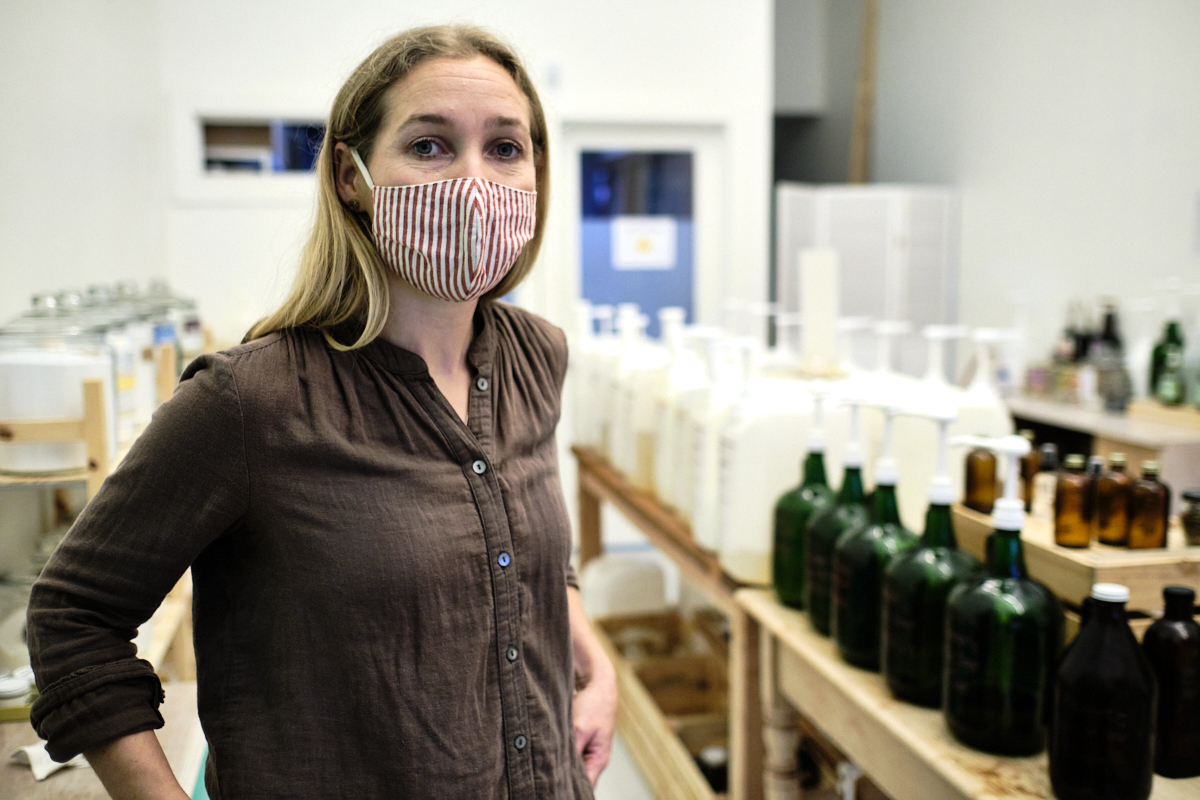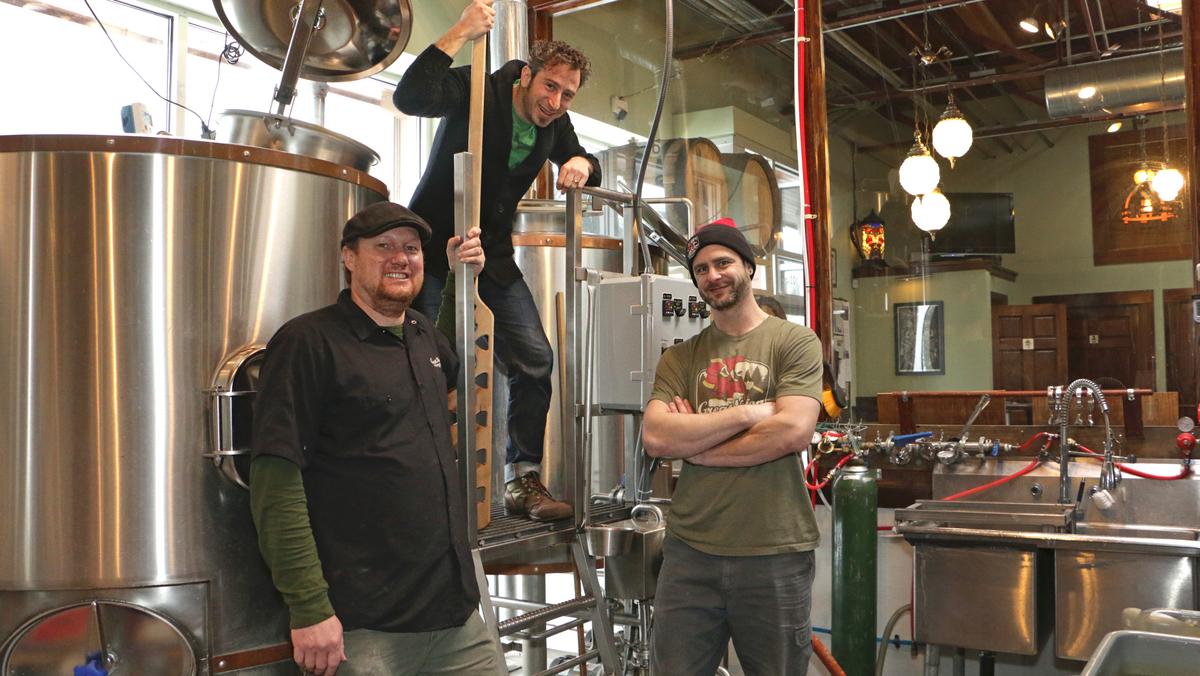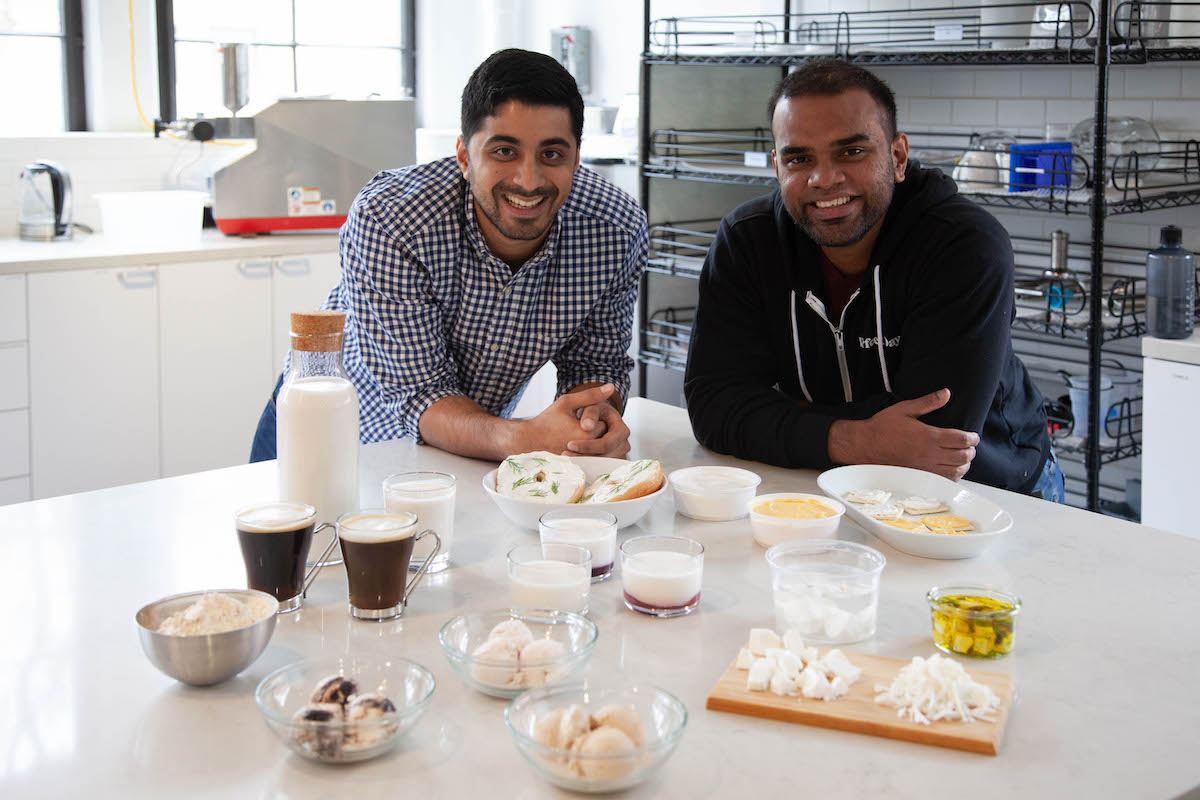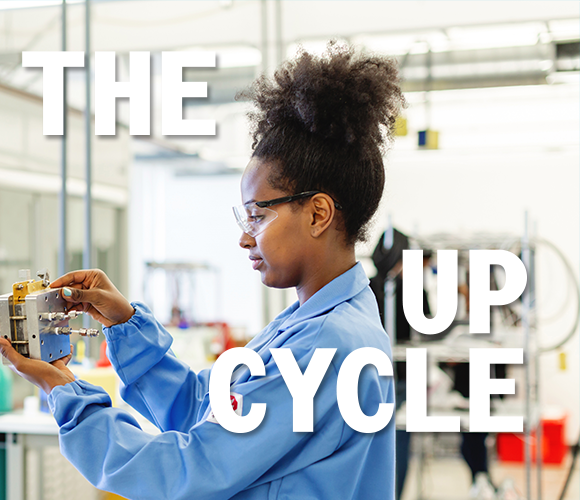These robots can explore wildfires, chemical spill sites, war zones and other hazardous situations, taking data for first responders.

August 23, 2023
BERKELEYSIDE — A recently posted YouTube video shows a firefighter putting what looks like a toy, but is actually a robot, into a clear testing chamber. He fills the chamber with hydrogen gas, and then gleefully ignites the atmosphere.
“You can guess what happens then — there’s a BIG boom,” said Alice Agogino. Agogino, the co-founder and CEO of Squishy Robotics, isn’t at all surprised that her company’s custom-designed robot not only survived the explosion, but kept transmitting sensor and video data throughout the test.
“So far, our sensor robots have survived explosions, a wildfire, and numerous air drops from airplanes flying at altitudes of 1,000 feet. Various fire, hazmat and military departments keep presenting new challenges, and our robots just pop back into action.”
Squishy Robotics’ highly specialized robots are designed to enter risky locations, like wildfires, war zones, chemical spill sites, and locations with possible gas leaks. The robots, which carry customized sensor payloads, can surround a fire, for example, and measure heat, smoke and toxicity. Or they can sense a gas leak in a structure so that first responders are forewarned and wear the correct protective gear.
The nearly seven-year-old company is located at Wareham Development’s 2600 Tenth Street building and is an extension of the Wareham Development Aquatic Park Research Campus. Its West Berkeley location is a center for businesses specializing in biosciences, alternative food, therapeutics, healthcare, AI and technology.
Agogino is also a Distinguished Professor of the Graduate School at UC Berkeley and the Roscoe and Elizabeth Hughes Chair in Mechanical Engineering, emeritus. She was also named in August to the Forbes 50 Over 50 Innovations list.
Even when Agogino first started working in AI — she founded UC Berkeley’s first integrated hardware and AI software lab — she wanted to develop “a new concept of robot.” Not with artificial intelligence that mimics human intelligence, but robots that “enhance human intelligence. I wanted to create robots that leverage human intelligence the way, say, glasses and telescopes enhance our vision, or hearing aids enhance our comprehension.”

Banish any idea of a robot “look.” Forget anything like R2-D2 or humanoid robots like Petman. “I don’t do anthropomorphic robots.”
And coming soon — walking versions that can move to user-directed locations after being thrown or air-deployed from a drone.
Cables and rods give structures tensegrity — a portmanteau of tensile (or tensional) and integrity. The term was coined by architect Buckminster Fuller, the man who inspired countless backwoods geodesic-dome houses in the Bay Area. The American Institute of Architects calls the geodesic dome and the related tensegrity structure “the strongest, lightest and most efficient means of enclosing space known to man.”
“Basically, ‘tensegrity structures’ are things that have cables and rods,” Agogino said.
Agogino adds that there are tensegrity structures all over the place: on playgrounds as climbing structures, in an array of children’s toys, in high-end tents for glamping. On a larger scale are the Montreal Biosphere, the Munich Olympic Stadium and the celebrated Needle Tower by artist Kenneth Snelson at the Hirshhorn Museum and Sculpture Garden in Washington, DC.
In the case of Squishy Robotics, the resulting robot is “an impact-resilient structure with a payload of sensors that can be airdropped from drones or other aerial vehicles from heights up to 1,000 feet,” Agogino said. Agogino got the idea for the robots while researching spherical, skeletal robots at NASA that could be air-dropped onto planets or the moon to collect information. She realized the technology could also be useful here on earth.

Already the robots have become crucial in assisting various fire departments nationwide. Locally, the robots have been used during firefighter training sessions hosted by UC Berkeley; on research projects being conducted by Marin County’s FIRE Foundry (in partnership with UC Berkeley’s Disaster Lab and the College of Marin); and as hazmat response tools by the San Jose Fire Department. Recently, the Center for Information Technology Research in the Interest of Society and the Banatao Institute (CITRIS) at the University of California used the Squishy robots in a project enabling next-generation human-drone-robot teaming for wildfire detection and training.
“With wildfires, everyone agrees that early detection is key. It only takes minutes for a wildfire to become a raging firestorm,” Agogino said. “When every second counts, our robots can make the difference between saving lives, saving homes and saving costs.”
Now that the company’s first commercial robots have found gainful employment in fire departments, the military, and hazmat units, Agogino is prepping mobile, next-gen robots for use in IIot (industrial internet of things), and — foremost for Agogino — early detection and characterization of methane leaks, rendering landmines and other explosives safe.
“These are of critical concern to us,” she said. “Every year, decades after wars, women, children, and animals lose their lives or get horribly injured by mines. And early detection of methane, although not as talked about as CO2, is critical for saving the planet.”
Whatever direction the company goes robotically, it will do so in Berkeley. “I came to Berkeley in 1984,” Agogino said. “Berkeley has been a great place to do work that is interdisciplinary, with an amazing number of accelerators, incubators, mentors and organizations like the Office of Economic Development. I really benefited from all of it, and it fit me well. It’s a fertile place for exploring new ideas, and I look forward to the exploration.”
WHAT NEXT
- As we enter fire season, team up with your Berkeley neighbors to reduce your wildfire risk and help make this community Fire Safe.
- Learn about other innovative Berkeley R&D companies and related events, news and policies by subscribing to the Berkeley Startup Cluster newsletter.
- Visit the Discovered in Berkeley Stories page to learn more about innovative local businesses.




